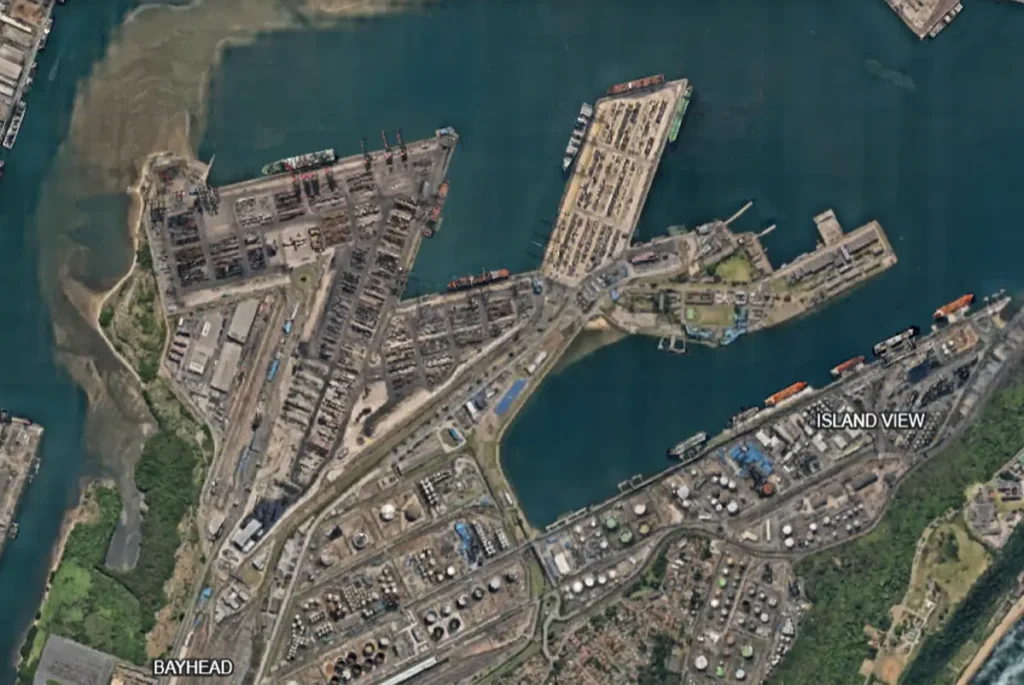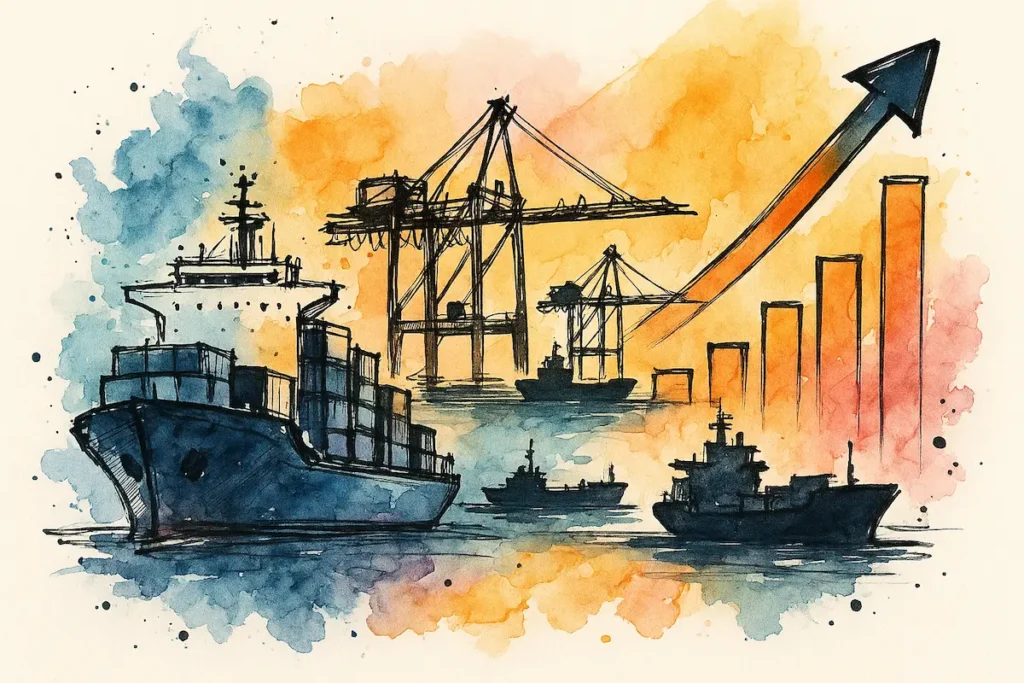As you know, I set out to address an insightful set of questions from a reader who had come across a LinkedIn post on Bills of Lading and sought clarity on key points like “Does a Bill of Lading serve as definitive proof of shipment..??” and “Is a Bill of Lading always evidence of a contract of carriage..
This is my response to the third question in this series of 4 questions.. Colored text is from my reader..
Q3: A B/L is not necessarily a document of title to the goods. Copies of B/L are never documents of title, and original B/L, when straight consigned, act like sea waybills. (Are sea waybills not documents of title to goods?)
A3: A Bill of Lading fulfills 3 main functions.. 1) Evidence of Contract of Carriage, 2) Receipt of goods, and 3) Document of Title..
Let us examine this statement/question based on these 3 functions..
– Advertise here –
A bill of lading is issued in a few different ways
-
- As a “Straight Bill of Lading” – a bill of lading consigned to a named party (eg: Acme Imports).. This is VERY similar to a Sea Waybill, except that a Straight Bill of Lading is issued physically to the shipper as an “Original” Bill of Lading..
- As an “Order Bill of Lading” – a bill of lading consigned in a few different ways (“to order”, “to order of shipper”, “to order of Acme Imports”, “to order of XYZ bank”)
- In rare cases as a “Bearer Bill of Lading” – a bill of lading in which the consignee box is blank or has the words “Bearer”
Even though it is issued in originals, a Straight Bill of Lading is non-negotiable and non-transferable by endorsement, which means that the delivery of the goods can be taken only by the “named consignee”..
Whether a Straight Bill of Lading can be considered as a “Document of Title” may be subject to the legal jurisdiction..
- In English Law, at least one of the “original” Straight Bills of Lading issued must be surrendered to the carrier to secure release..
- So here, in this case/jurisdiction, a Straight Bill of Lading is ≠ a Sea Waybill..
- As per US Law, a Straight Bill of Lading is neither a Document of Title nor is the Original required to obtain delivery of the goods as long as it is delivered to the party mentioned as the Consignee..
- So here, in this case/jurisdiction, a Straight Bill of Lading and Sea Waybill have the same purpose..
True Document of Title
A Bearer Bill of Lading is very rarely issued by carriers (I have never seen one physically myself) because of
- Extreme transferability: a bearer bill gives possession and rights to whoever physically holds it, including the right to claim the cargo, without needing endorsement or identity verification..
- Security risk: If lost, stolen, or mislaid, anyone who presents it becomes entitled to delivery, making fraud or unauthorized release a real threat..
- Carrier hesitation: Most shipping lines and banks discourage or outright avoid issuing bearer bills because a carrier may not be able to verify the bearer’s legitimacy unless there’s a clear chain of custody or context, and this complicates liability, tracking, and financial compliance..
So under these circumstances, ONLY an “Order Bill of Lading” wherein the consignee reads “to order……..” with its different variations and endorsements required, remains a true document of title..
Blurred Lines: Do judge a document by its details
Many carriers use a single document template that functions either as a Bill of Lading or a Sea Waybill, based on how it is issued..
The fine print in some of the carrier’s bill of lading terms and conditions states:
“Bill” means either (A) bill of lading, if this document is issued as a bill of lading, or (B) sea waybill, if this document is issued as a sea waybill. Notwithstanding anything else contained in or incorporated into this Bill if it is issued as a sea waybill it will not be a document of title to the Goods.”
or
“Bill” means this document, whether issued as a Bill of Lading or a Sea Waybill, and whether issued in paper or electronic form”
– Advertisement –
Meaning that the heading of the bill of lading is generic and will NOT specify whether it is a Sea Waybill or not..
So, it should be remembered that whether the document is legally a Bill of Lading or a Sea Waybill depends on the way it is completed (e.g. consignment field, negotiability), not just the heading at the top..
In summary, based on the above, we can conclude that
- Not ALL Bills of Lading are “Documents of Title”
- Copies of any bill of lading, whether straight or order, are never considered as “Document of Title”
- Depending on the jurisdiction, a bill of lading, when issued as a Straight Bill of Lading, acts like Sea Waybills
- The only true document of title is an original negotiable (order) Bill of Lading, which allows legal transfer of ownership through endorsement and delivery













